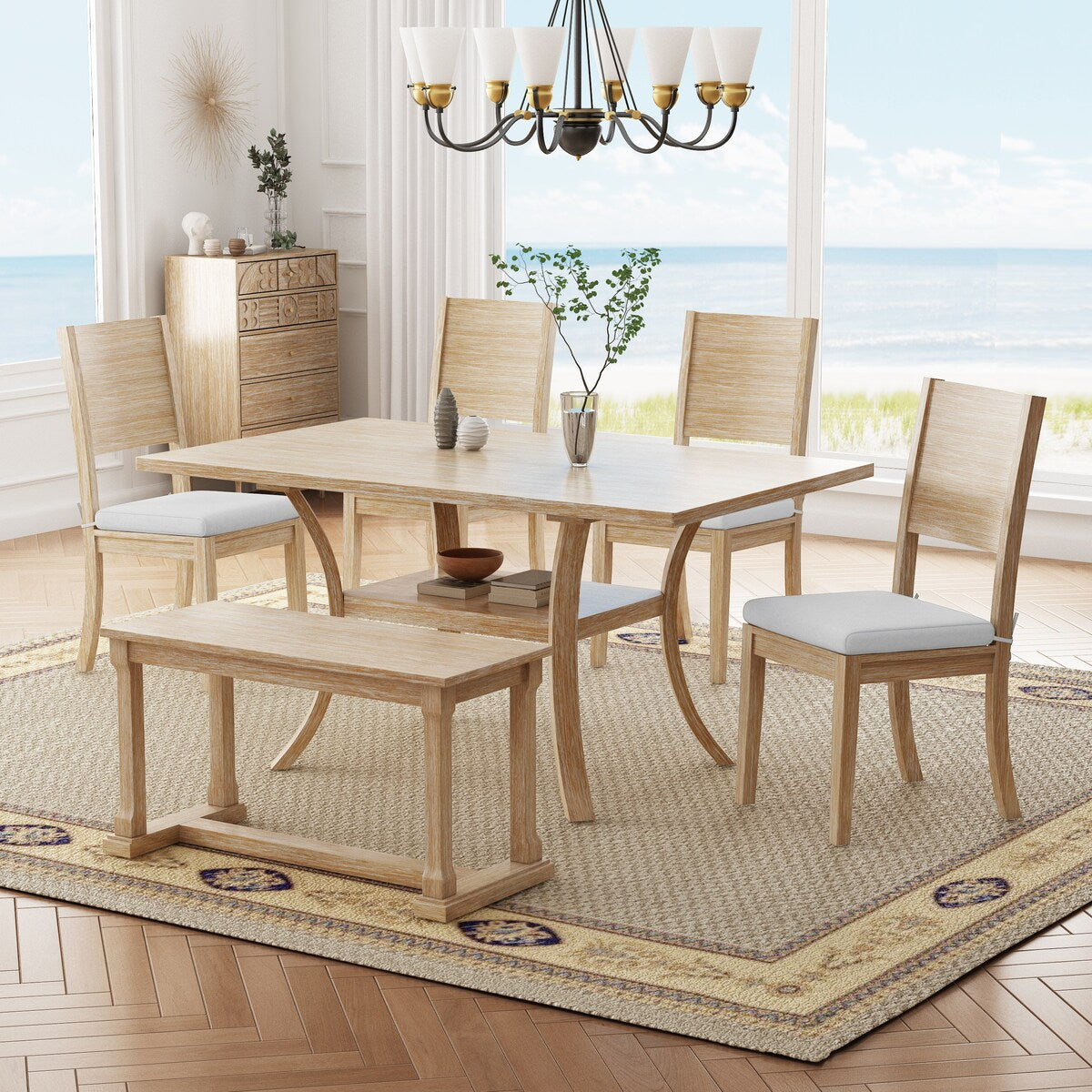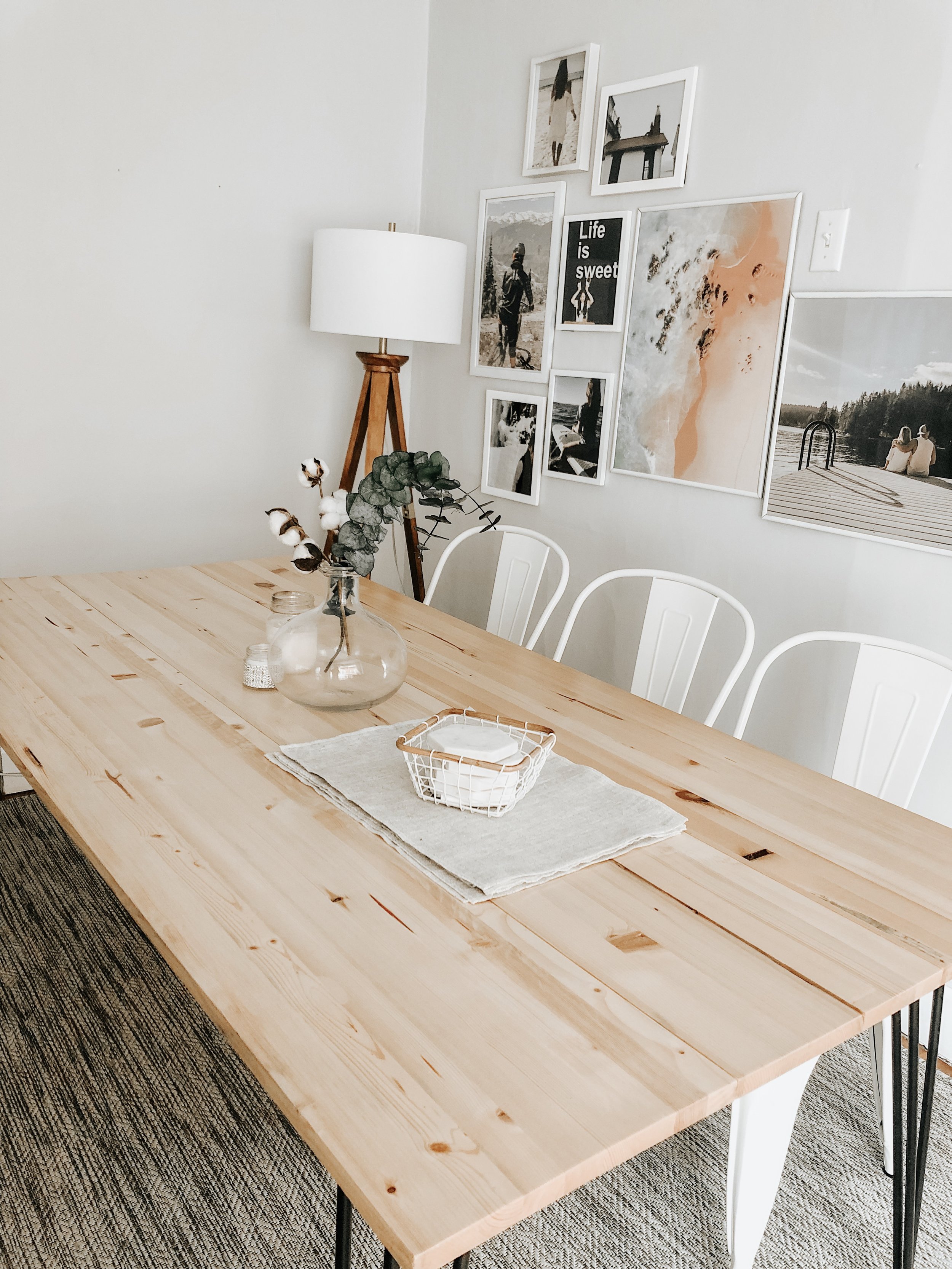From Standard to Modern: Find the Ideal Eating Space Table Legs for Your Design
While classic designs such as cabriole and turned legs stimulate a feeling of timeless class, contemporary designs like barrette and geometric options present a chance for striking visual rate of interest. As you take into consideration these elements, the question continues to be: exactly how can you flawlessly integrate these diverse leg styles to produce an unified eating experience?
Understanding Table Leg Styles
The range of eating area table leg designs can significantly influence both the looks and functionality of the space. Each leg style adds special practical attributes and aesthetic components, accommodating diverse design preferences and use requirements. Recognizing these styles is important for selecting the right table that lines up with your general indoor design vision.
As an example, tapered legs supply a clean, classic look that can enhance a space's elegance, while stand bases supply security and make best use of legroom, making them ideal for smaller rooms. Barrette legs, a trademark of mid-century modern style, present an industrial panache, enabling an airy, open feeling. Likewise, trestle legs evoke rustic beauty, supplying robust assistance and a feeling of timelessness.
Furthermore, the selection of products plays a considerable role. Wood legs can bring warmth and appearance, whereas metal options often convey a sleek, modern vibe. Ultimately, understanding table leg designs is essential for producing a natural dining location that reflects individual design while guaranteeing usefulness and comfort. By attentively taking into consideration these components, you can enhance both the visual and practical appeal of your eating room.
Traditional Table Leg Options
When choosing eating area table legs, standard alternatives often symbolize ageless beauty and workmanship. These layouts reflect a rich heritage and a commitment to top quality, making them optimal for those that value timeless visual appeals.
One of the most famous typical leg designs is the cabriole leg, identified by its graceful curved shape. This design usually includes decorative makings and is most commonly found in Queen Anne and Chippendale furniture. Another popular choice is the turned leg, which boasts a series of smooth, rounded shapes that give a timeless appearance while keeping security.
Additionally, the straight leg, while basic, supplies a basic and strong structure that can mix flawlessly with a selection of tabletop designs. For those attracted to ornate outlining, claw-and-ball feet legs stimulate a sense of splendour and can function as a stunning prime focus in any eating room.
Finally, pedestal bases, although not purely legs, give a different standard choice that allows for adequate legroom and can be magnificently carved. Each of these conventional leg designs adds to the general ambiance of a dining-room, marrying feature with visual allure.

Modern Table Leg Styles
Modern table leg designs provide a diverse array of styles that stress innovative products and clean lines. These layouts typically focus on performance while acting as striking focal points within an eating area. Minimal visual appeals are prevalent, with legs crafted from products such as metal, glass, and engineered timber, which add to a contemporary and ventilated feel.
One preferred style is the barrette leg, defined by its slim, tapered structure that supplies stability without overwhelming the table top (dining room table legs). This style is commonly located in mid-century contemporary furnishings and can easily complement different dining table shapes. An additional trend is using geometric forms, where legs might handle asymmetrical or angular types, including visual passion and a touch of creativity

Blending Styles for Unique Spaces
Often, property owners look for to create unique eating spaces that reflect their individual design by mixing different design elements. This approach permits for the unification of varied appearances, resulting in an unified yet unique setting. For example, combining a rustic wooden table with streamlined, contemporary metal legs can create an appealing comparison that raises the room's total charm.
Furthermore, integrating vintage table legs with contemporary table check here tops can evoke a feeling of background while maintaining a contemporary sensibility. Such mixes not only display private preference yet additionally motivate creativity, enabling property owners to curate a room that feels both personal and welcoming.
Color plays an essential duty in this blending procedure; selecting table legs that enhance or contrast with the existing color design can boost visual rate of interest. As an example, whitewashed legs can soften the daring of a dark table surface area, producing a sites balanced aesthetic.
Tips for Picking the Right Legs
Selecting the right table legs is necessary for achieving both performance and visual appeal in your eating room. Begin by considering the general design of your room. Standard setups gain from legs that include elaborate makings or transformed designs, while contemporary areas might ask for sleek, minimalist styles.
Following, analyze the height and stability of the legs. dining room table legs. Basic table range in between 28 to 30 inches in elevation, so guarantee the legs match this dimension for convenience. In addition, robust materials, such as wood or steel, can boost stability and longevity
Assess the leg shape also-- alternatives consist of right, tapered, or stand layouts. Straight legs offer a timeless appearance, while conical legs can include a touch of style. Pedestal bases provide sufficient legroom and are suitable for smaller areas.
Final Thought
In recap, choosing the suitable dining-room table legs requires careful consideration of both modern and traditional designs. Standard alternatives such as cabriole and transformed legs use ageless beauty, while contemporary styles like hairpin and geometric forms give a modern touch. By balancing leg style, height, and material with the total decor, a natural and inviting atmosphere can be achieved. Inevitably, the picked table legs must show the desired aesthetic, improving the dining experience within the room.
The selection of dining room table leg styles can significantly affect both the looks and functionality of the room. Ultimately, understanding table leg designs is vital for creating a natural dining location that reflects personal design while guaranteeing usefulness and comfort.One of the most legendary informative post conventional leg styles is the cabriole leg, characterized by its stylish bent shape. Straight legs supply a classic appearance, while conical legs can add a touch of beauty.In recap, selecting the excellent dining area table legs requires cautious factor to consider of both modern and typical designs.